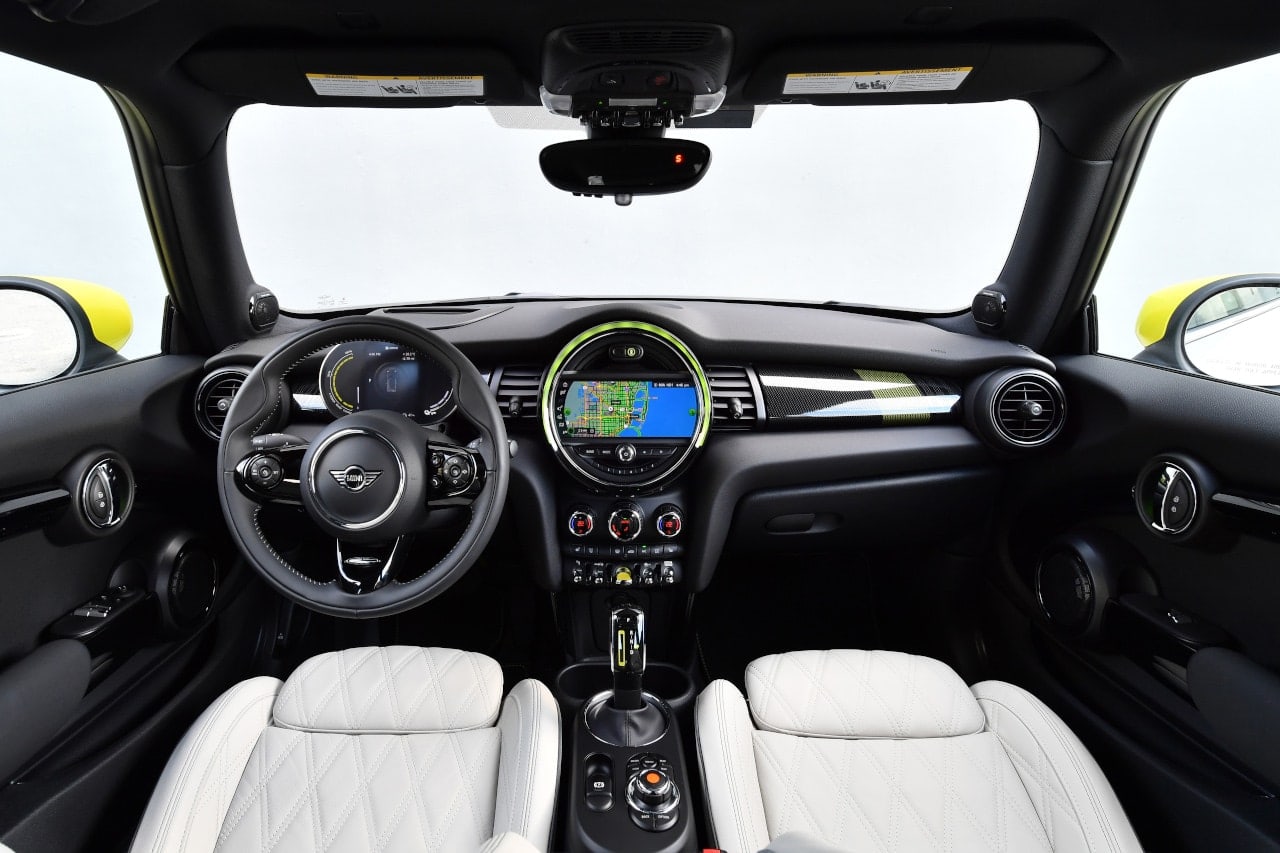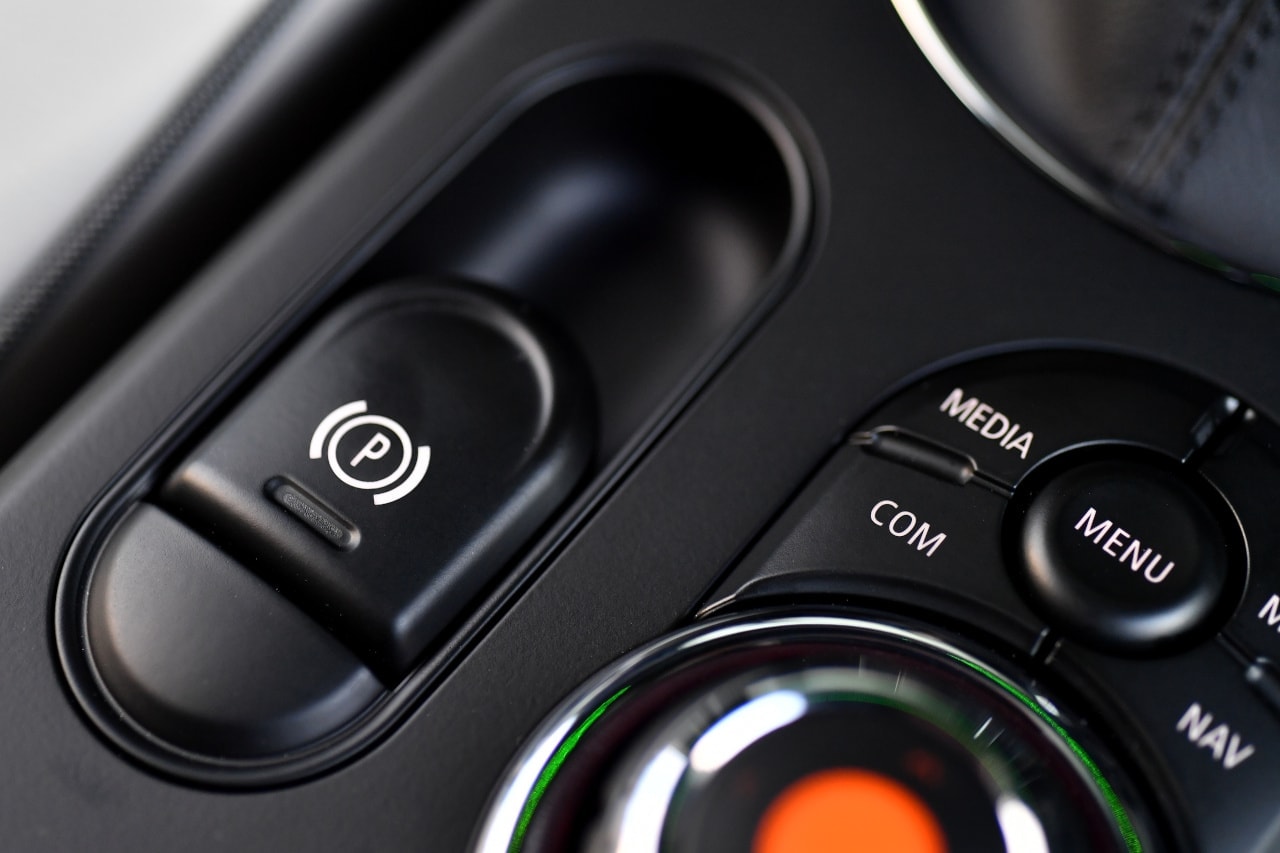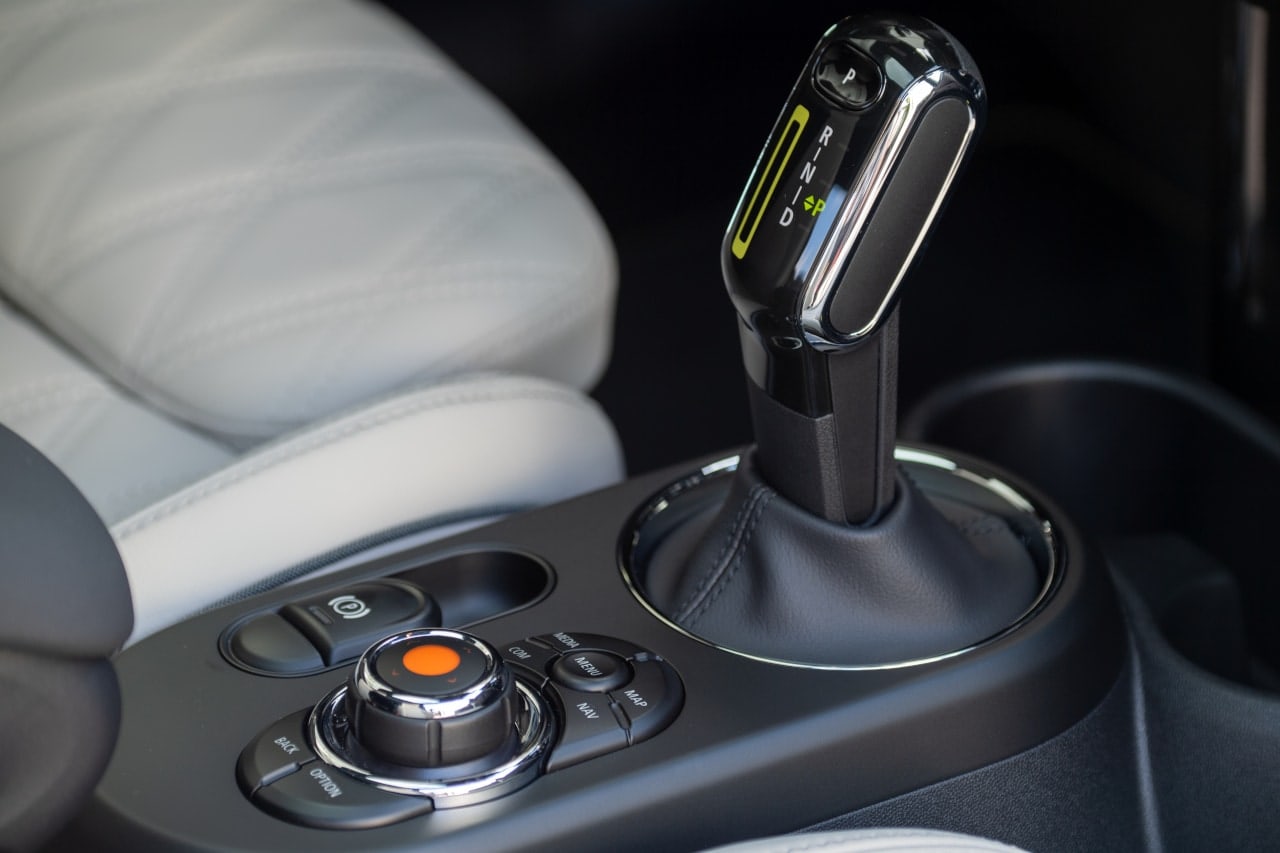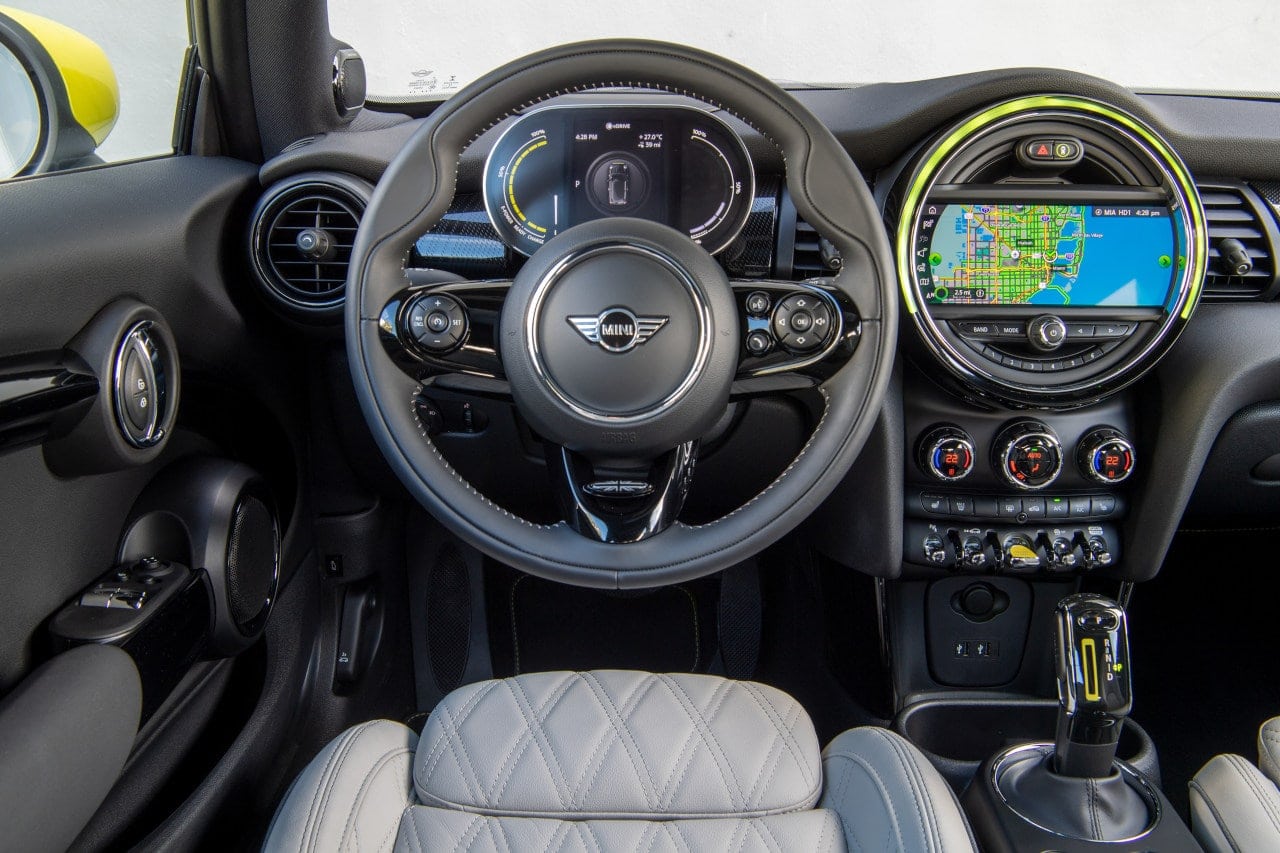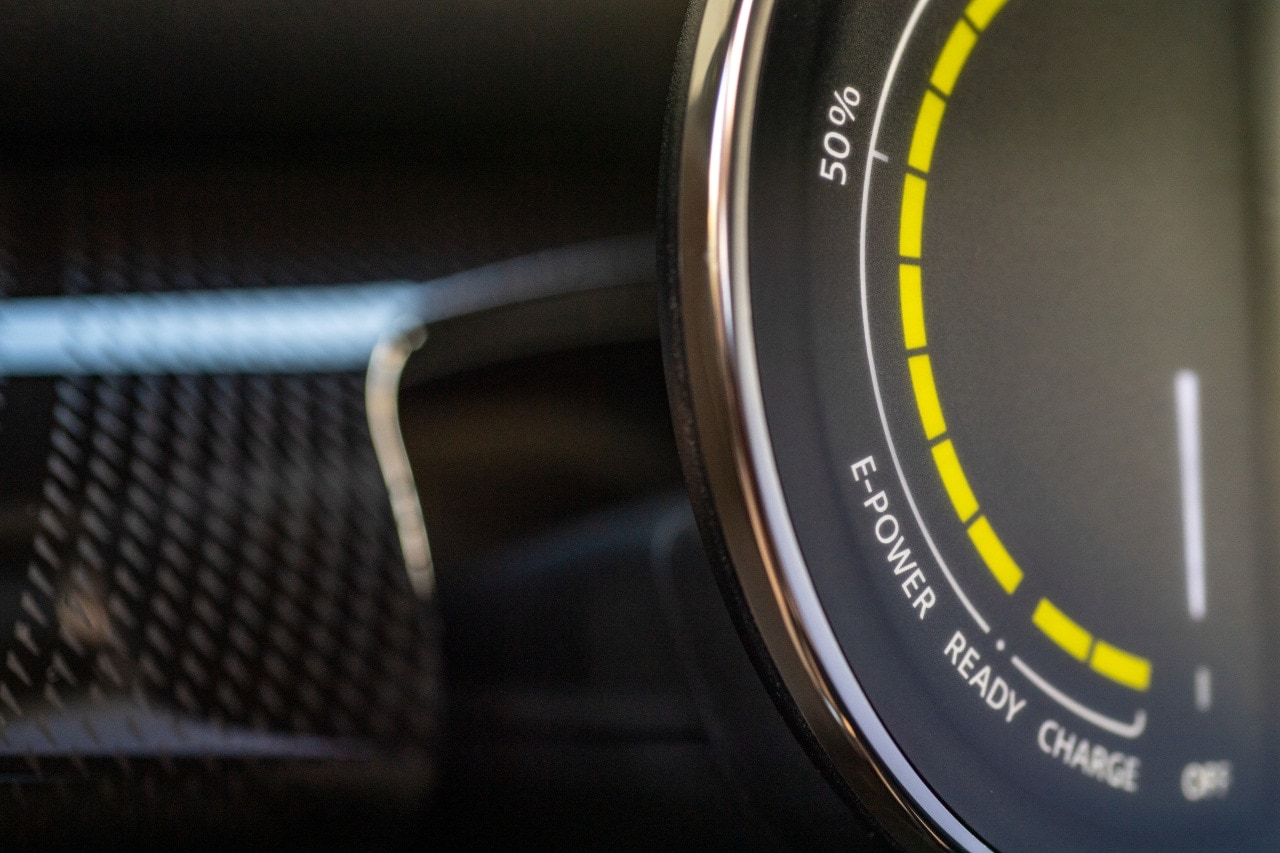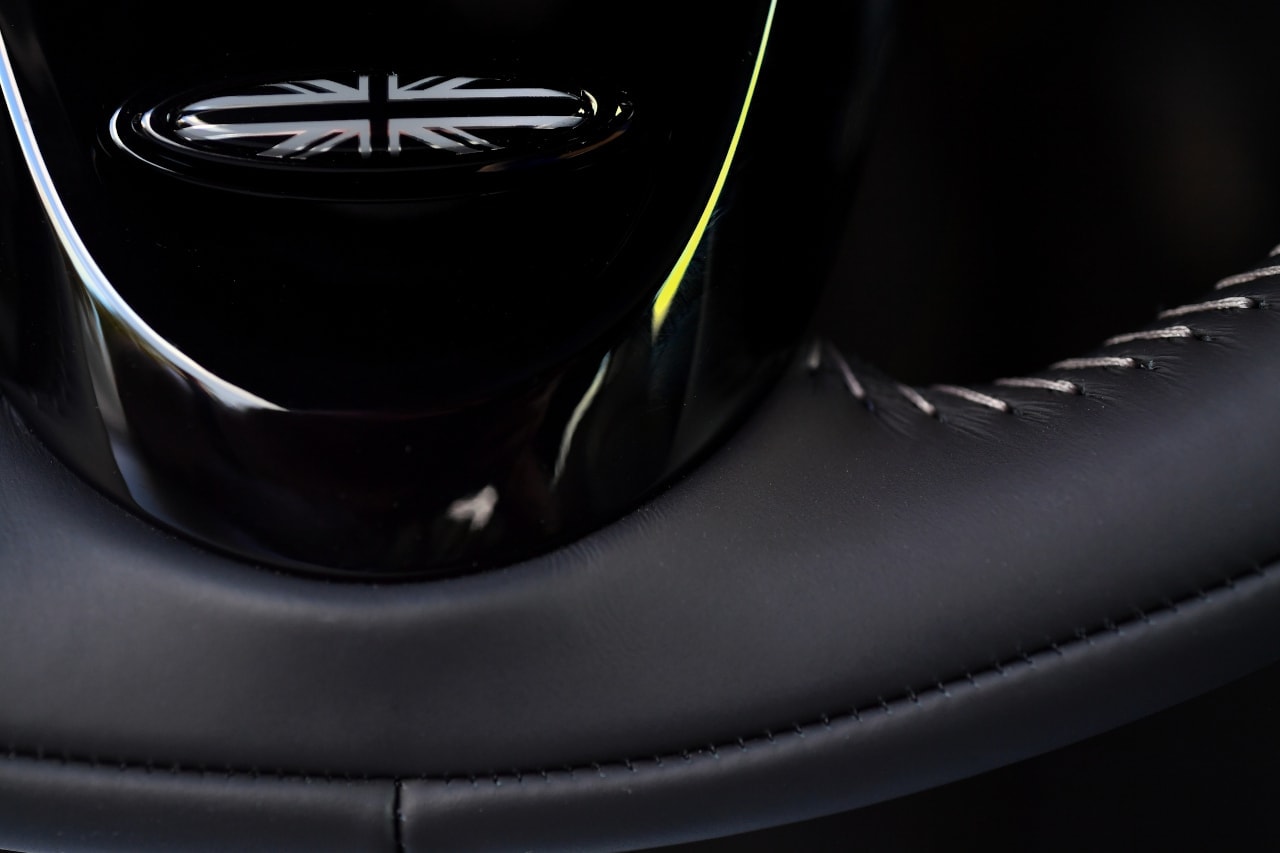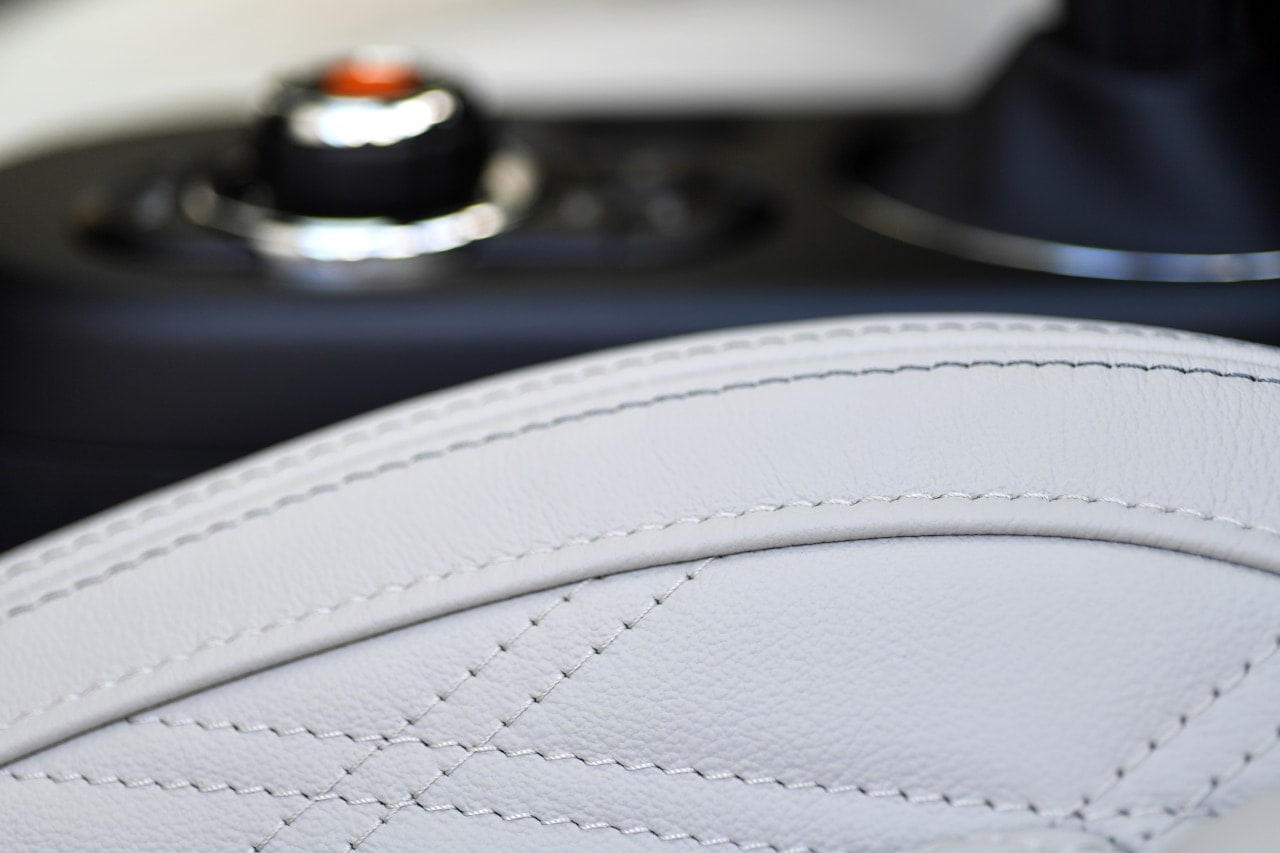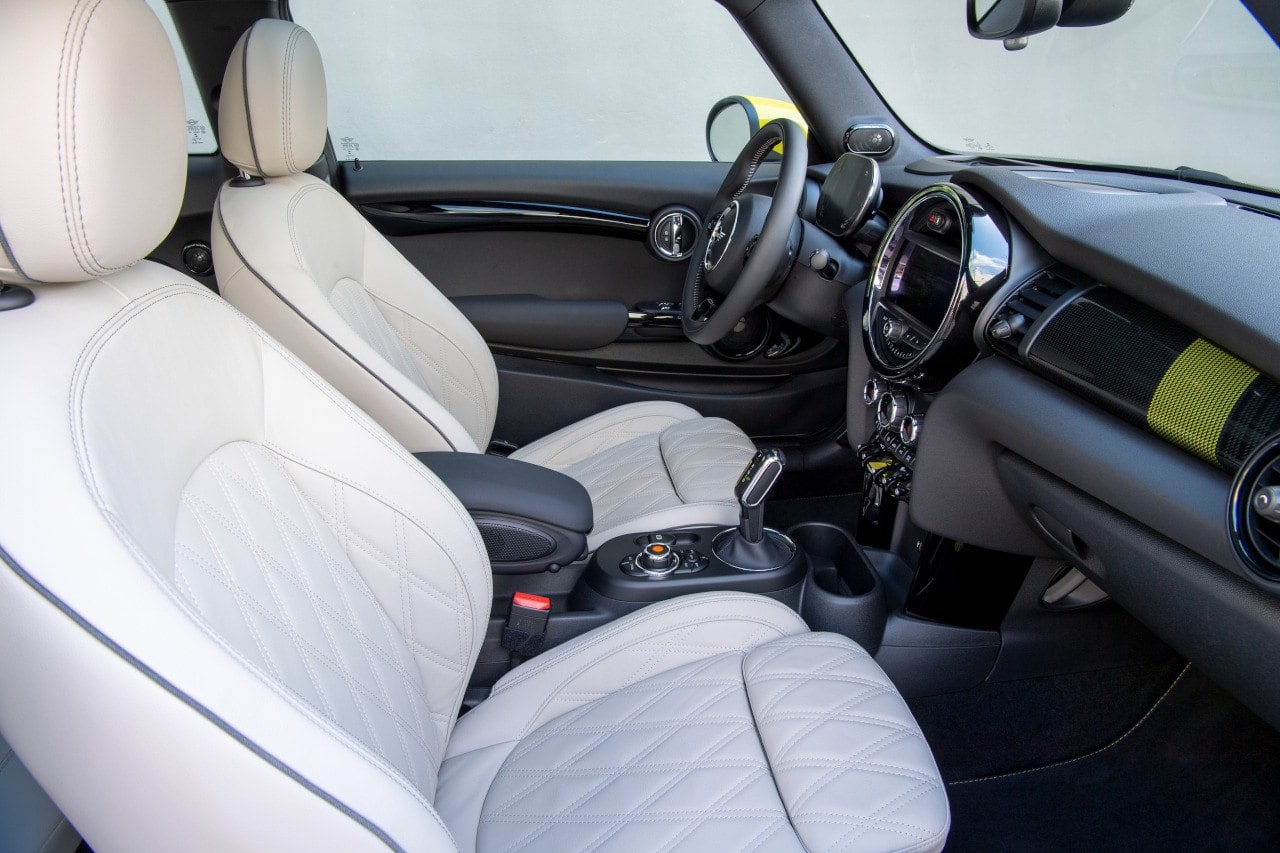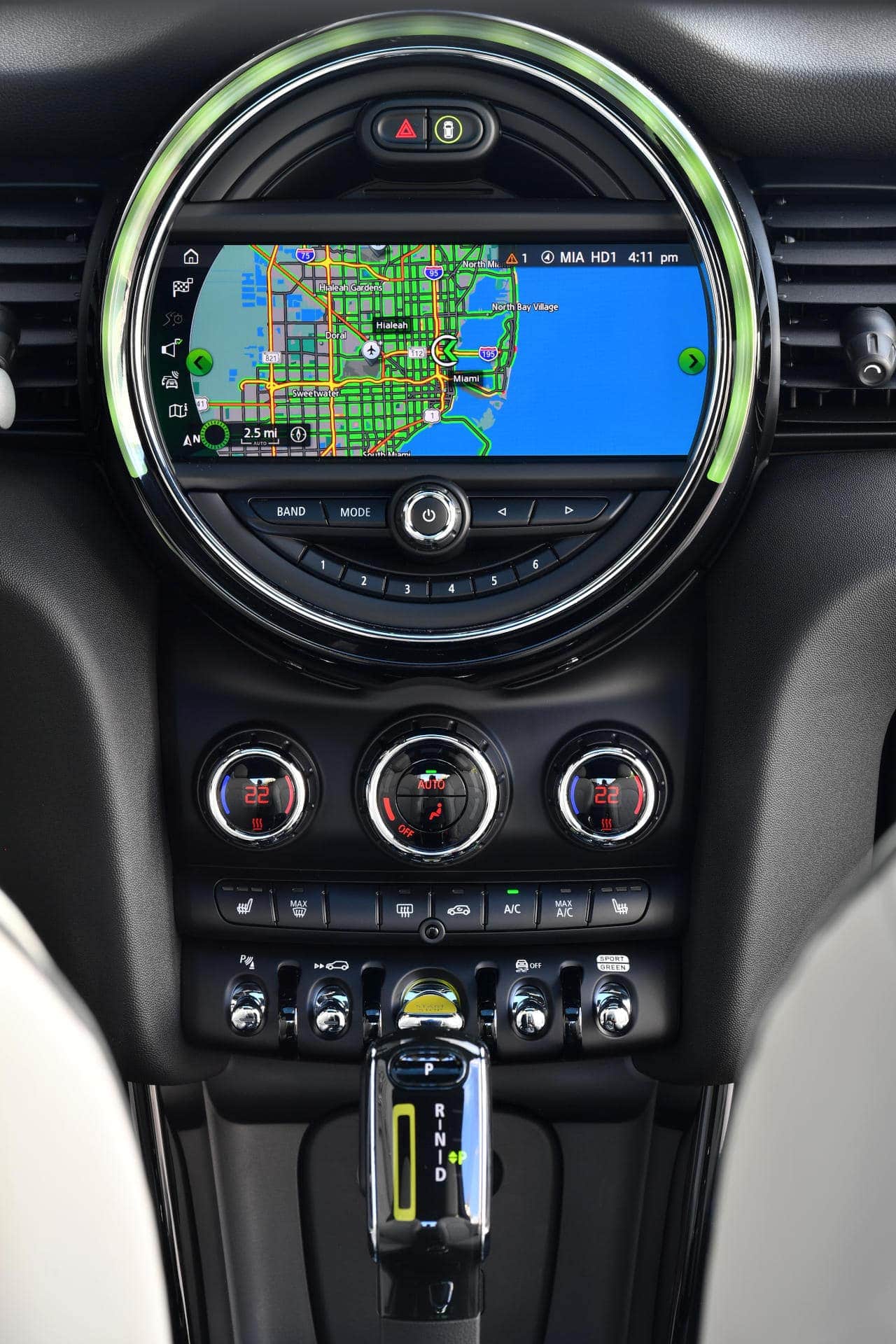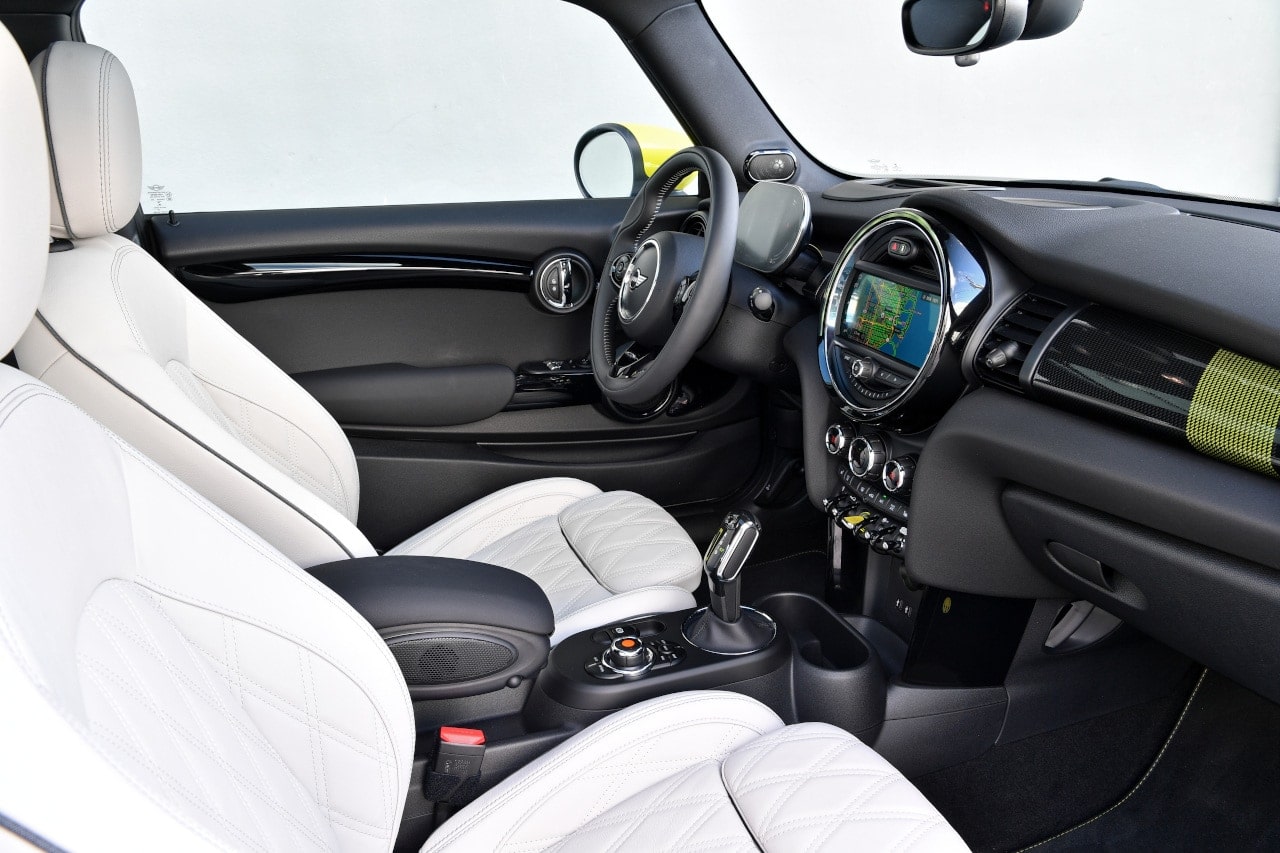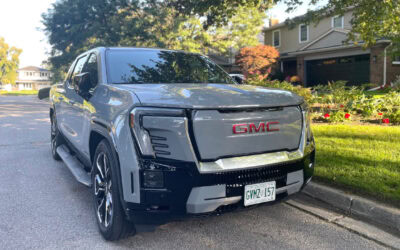Now I know what the big grin on the face of Charlize Theron was all about as she drove a Mini Cooper for chase scenes in the 2003 film The Italian Job. Not only is the BMW Mini Cooper a riot to drive, even for someone tall – Theron is 5-foot-10 – it’s comfortable in the cockpit of a Mini.
Related: New Land Rover Defender V8 goes up against Jeep Wrangler Rubicon 392
But does it make sense for a Mini Cooper – with a miserly gas version that can go more than 700 km between fill-ups – to go electric? The answer is yes. And No. It all depends on the size of your wallet and what you intend to use the car for.
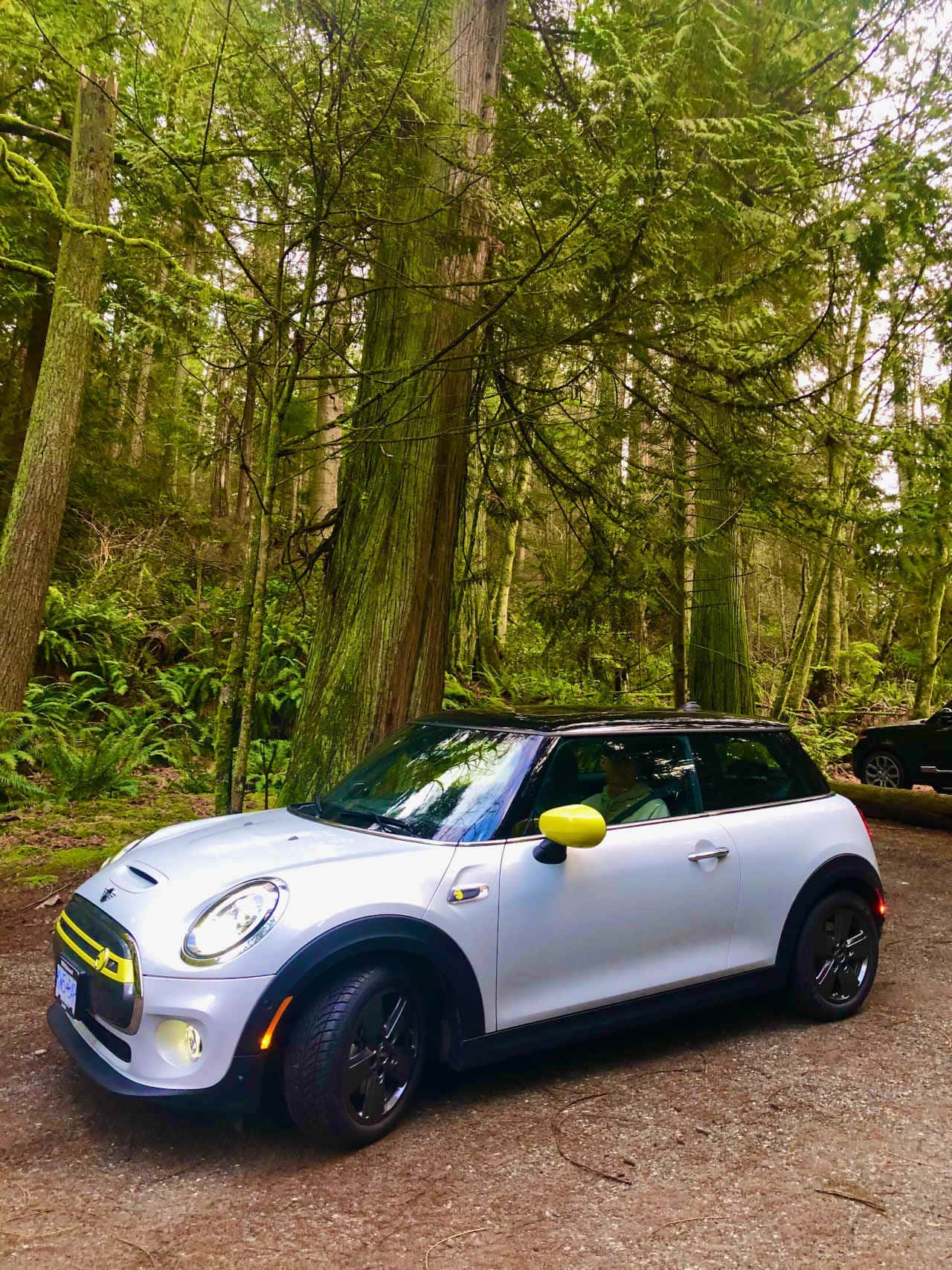
Of all electric vehicles under $50,000, this one lives up to its BMW pedigree – the German company bought Mini in 1996. It has the best acceleration and agility in that price range. The word is that while Mark Wahlberg and Theron both got stunt driver training for The Italian Job, Wahlberg confessed to getting car sick from some of the chase scenes. My wife can attest to that feeling, even if all I was doing was having fun on B.C.’s Sea to Sky highway, and not driving through any sewage tunnels.
A tip for passengers in the Mini Cooper: even if you have a strong stomach, resist the temptation to check messages on your phone.
Fantastic interior, cat-like agility make this Mini soar
As is customary with press fleet vehicles, the Mini I drove was loaded with the $8,000 Premier+ package that took the MSRP to $47,990. That gets you under both the federal and B.C. maximum MRSP ($55,000) for rebate eligibility. That means you’d get rebates of $5,000 from the feds and $3,000 from the province.
The pricey extras in the Premium+ package are impossible to miss. My personal faves include the big, beautiful sunroof, Harmon Kardon sound system, head-up speed display, and the black leather interior and steering wheel. There are also nicer rims, auto-dimming mirrors, Connected Navigation plus, and parking assistance.
Still, at $40,000 plus GST after rebates, you deserve something special. The question of how special is twofold: Where will you be driving? And how do you like to drive?
The BMW Mini’s limited electric range of only about 170 km in ideal conditions is the defining element here. That’s in the range of the early model Nissan Leaf. When cold temperatures hit, that range will drop. Given that the latest Leaf takes you anywhere from 240 to 360 km (depending on the battery pack option), and that even the base model Tesla Model 3 gets you 423 km, that’s a considerable compromise. Clearly, the MIni Cooper S E is primarily a city commuter. In that role it excels with an almost unrivalled ability to navigate traffic and fit into tight parking spots.
Short time to charge
It won’t be a fit for the one-vehicle home, however, unless you never go on road trips. Even a round trip from Vancouver to Whistler can’t be done without plugging in somewhere along the way.
The good news is that the truly mini 32.6 kWh battery means it doesn’t take long to charge. If you don’t install a Level 2 charger at home, you can still charge that battery from empty to full (which you’ll seldom need) on the regular household trickle charge in 14 hours. Expect a Level 2 charge to take five hours or less. And when you plug into the BC Hydro DC fast charger at the Whistler Conference Centre, you’ll go from 20% to 80% in less than a half hour.

And that brings us to the second question. If drivability is your priority, it’s all here. You get the sportiness of a BMW in a small EV, complete with a luxurious interior. Our drive to Squamish and back on the Sea to Sky Highway showcased the Mini Cooper S E’s chops. Lane changes and acceleration making were a whole lotta fun.
Not everyone likes the Mini Cooper’s boxy appearance. But those big windows (plus the sunroof option) make for excellent visibility (no need for blind-spot monitoring here). It’s a thrilling, nearly convertible experience with windows down. There’s enough room in the two-door’s backseat to squeeze in a pair of smaller humans for shorter trips. And the 5.7-cubic-foot trunk is big enough for a pair of overnight bags.
Fast and agile
There are two settings for the Mini Cooper S E’s regenerative braking, which can resurrect a few kilometres of range by generating power back to the battery. Use one of the control centre’s retro toggle switches to choose the aggressive regen mode. Driving in that mode takes some getting used to. You slow down fast once your foot’s off the accelerator. If you don’t time it right, you’ll stop way short of that stoplight without ever touching the brake. I got used to it fairly quickly, and used it regularly in the city, while preferring the less aggressive regen mode for highway driving.
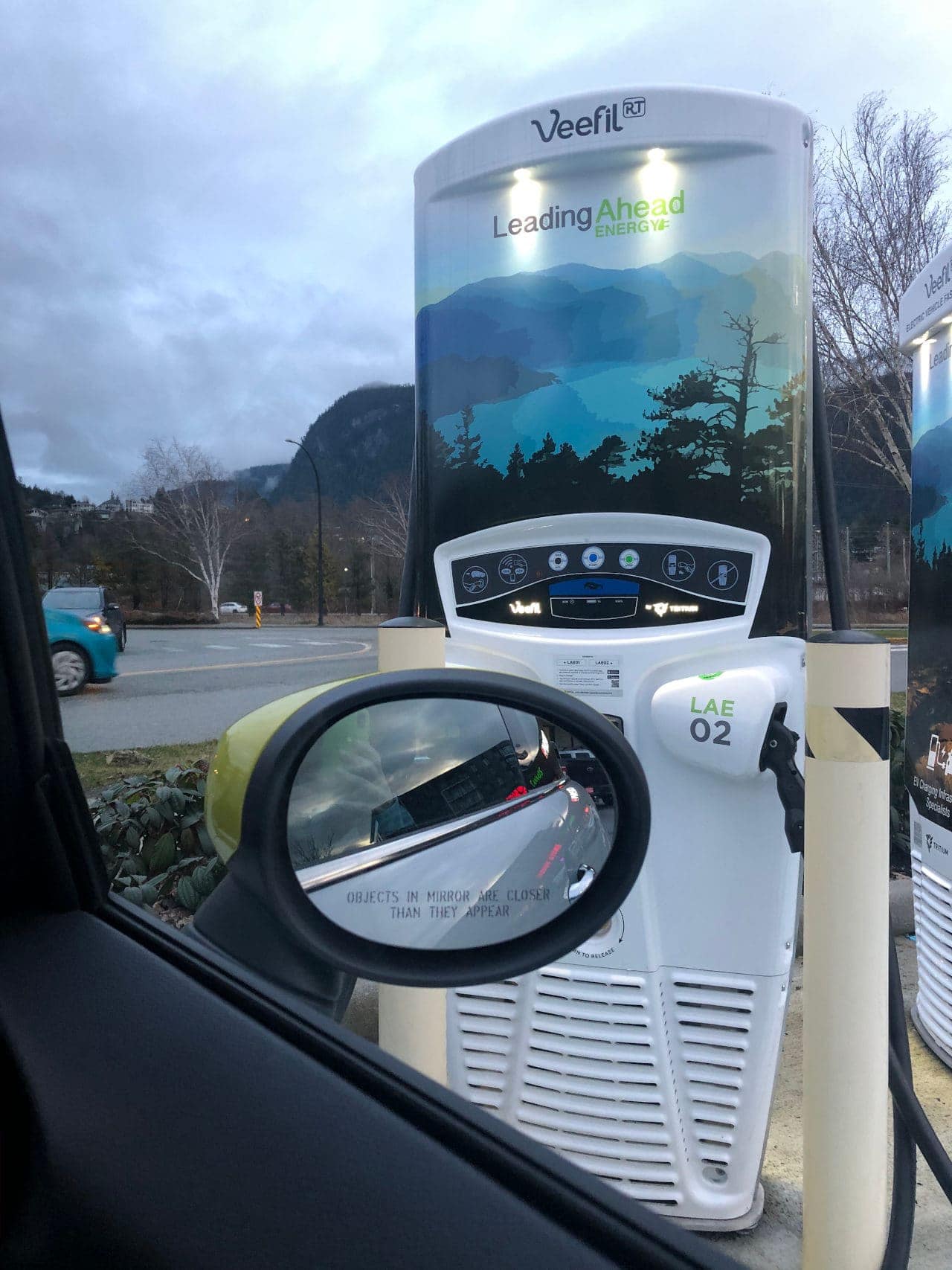
What I liked about the BMW Mini Cooper S Electric:
- Acceleration and agility
- Interior: A winning blend of new tech and retro cool (love those toggle switches).
- Harmon Kardon sound system
- Visibility and sun roof. Let there be light.
- Comfort and fit: I’m six feet tall with the torso of someone taller. But adjusting the seat down and the recline back a bit gave me headroom to spare.
- Small battery, quick charge: The flip side of limited range is a small battery that charges overnight even with a standard household current. And on the road, a 15-to-20-minute top up at a fast charger is usually all you need.
What I didn’t like about the BMW Mini Cooper S Electric:
- Limited range. Almost every other small EV has a much better range at a much lower price.
- Price: Especially if you go for all the extras, you’re now in the ballpark of several fine plug-ins – notably the Tesla Model 3 – with way more range and way more room.
- Cup holders block USB outlets under the dash, but that’s a minor quibble that Bluetooth negates except when you need charging.
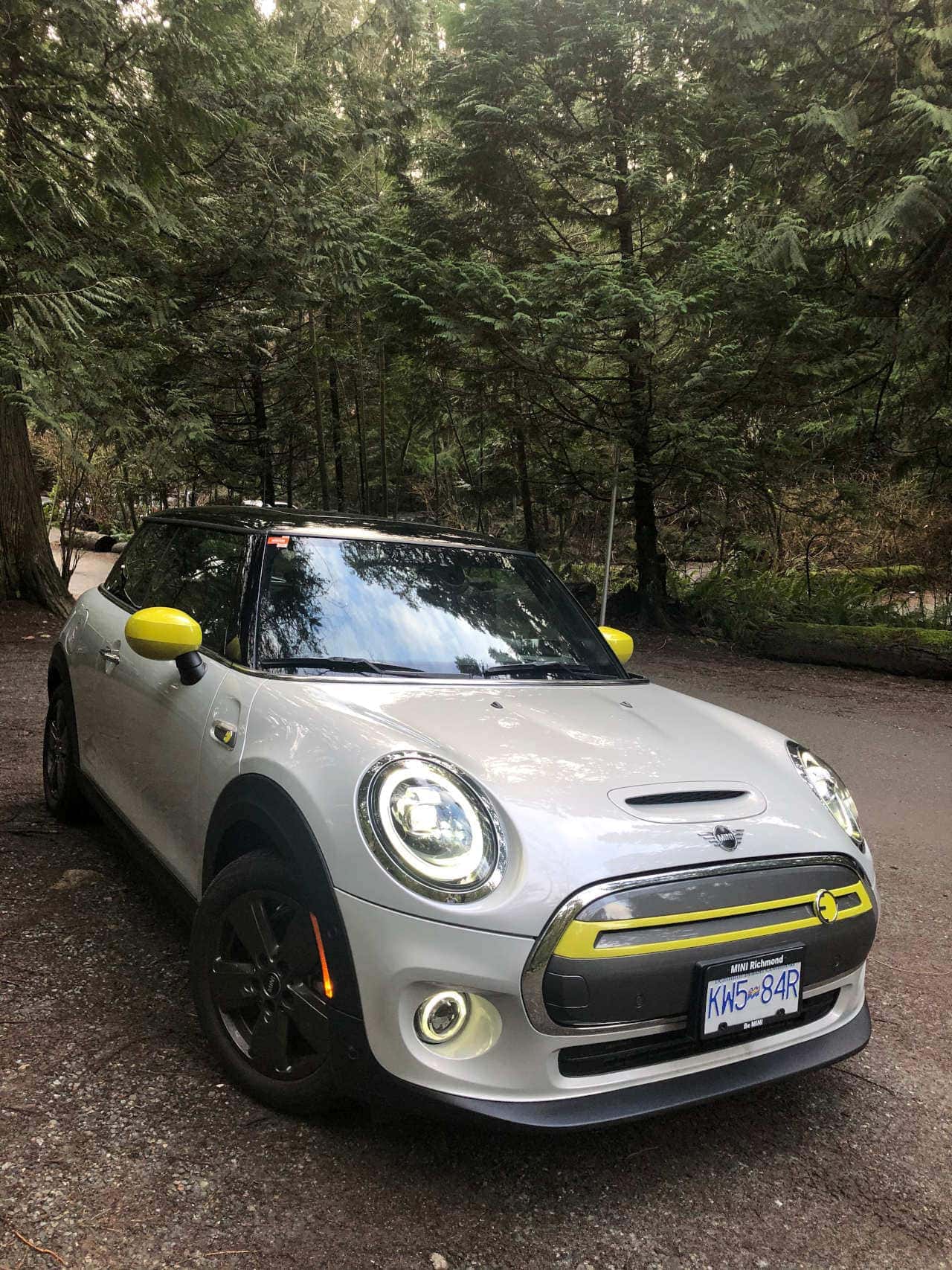
The verdict:
An ideal eco-friendly and fun second car for someone who can afford it, or for those who don’t mind stopping regularly to top up charges on road trips. For many, it makes more sense to go with the Tesla Model 3, which offers 2.5 times the range. And the base model still qualifies for federal and provincial rebates.
EXTERIOR CAR IMAGES: ANGELE BEAUSOLEIL

A writer and content creator working out of Toronto and Vancouver, Rob is a longtime journalist who has most recently zeroed in on writing about sustainability, including the rise of electric vehicles.
After years of work in the sports departments of the Vancouver Sun and Kamloops Daily News, Rob managed online content at Telus and BC Hydro before turning exclusively to a freelance career. He’s a seasoned traveller keen on food, wine and hoppy beers, who remains an avid hockey player, mountain biker, golfer, and tennis player who shares a love of soccer with his son.




